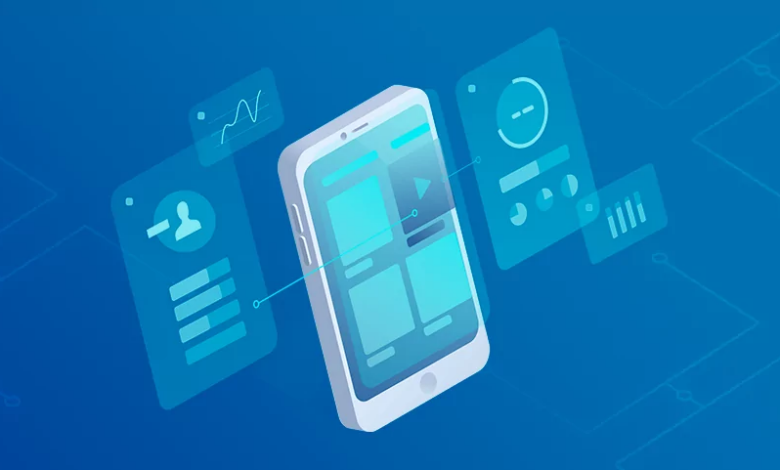User Experience (UX): Designing for Seamless Interactions

In the digital age, where technology permeates every aspect of our lives, user experience (UX) has emerged as a critical field, shaping how we interact with products, services, and digital interfaces. UX encompasses the process of designing products that are not only functional but also intuitive, engaging, and enjoyable to use.
The Evolution of UX: A Human-Centered Approach
The roots of UX can be traced back to the early days of computing, when pioneers recognized the importance of designing systems that were easy to use and understand. Over time, UX has evolved into a multidisciplinary field, drawing insights from psychology, design, and human-computer interaction to create meaningful user experiences.
The Core Principles of UX Design
UX design is guided by several fundamental principles:
- User-Centered Design: The focus is on understanding user needs, motivations, and behaviors to create products that meet their expectations and requirements.
- Usability: Products should be easy to learn, use, and navigate, minimizing errors and frustration.
- Accessibility: Products should be designed to accommodate users with diverse abilities, including those with disabilities.
- Aesthetics: Products should have a visually appealing and consistent design that enhances the overall user experience.
- Emotional Connection: Products should evoke positive emotions and engage users on a personal level.
UX Design Process: From Research to Iteration
The UX design process involves several key stages:
- User Research: Conducting in-depth research to understand user needs, behaviors, and pain points.
- Information Architecture: Organizing and structuring content in a way that is logical, easy to find, and relevant to users’ needs.
- Usability Testing: Gathering feedback from users to identify usability issues and refine the design.
- Prototyping: Creating mockups or interactive prototypes to test and visualize design concepts.
- Iteration: Continuously improving the design based on user feedback and testing results.
The Impact of UX on Business Success
UX design plays a crucial role in business success, contributing significantly to:
- User Satisfaction and Loyalty: Well-designed products enhance user satisfaction, leading to increased loyalty, positive word-of-mouth, and repeat business.
- Product Adoption and Usage: Intuitive and user-friendly products encourage adoption and increased usage, maximizing the value proposition for users.
- Reduced Development Costs: Identifying and addressing usability issues early in the development process can prevent costly rework and improve overall product quality.
- Competitive Advantage: A strong focus on UX can differentiate a product from competitors, attracting users and establishing a brand reputation for user-centric design.
UX: Shaping the Future of Human-Computer Interaction
As technology continues to advance and permeate our lives, UX will play an increasingly important role in shaping the future of human-computer interaction. From designing seamless interactions with voice assistants to creating immersive experiences in virtual reality, UX professionals will be at the forefront of bridging the gap between technology and human needs.
Conclusion
User experience (UX) is a dynamic and multifaceted field that plays a critical role in shaping our interactions with technology. By understanding user needs, applying design principles, and continuously iterating on design solutions, UX professionals create products that are not only functional but also intuitive, engaging, and enjoyable to use. As technology continues to evolve, UX will remain at the forefront, ensuring that human-computer interactions are seamless, meaningful, and enriching.

